The heart of Save the Sound is people. People like our 4,700+ members who over the past year have raised their voices to protect the forests they love to hike, keep the beaches and riverbanks they gather at clear, and take deep, restorative breaths from the clean air they fought for.
This year we were again able to meet with you in your communities, invite you to participate in outdoor events, and make change happen for your environment. You are the reason we see a healthy future for our region.
As we close out 2021 and look forward to 2022, experience the achievements of the last year through the words of some of the people who worked with you to make them happen: Save the Sound staff from our legal, climate, waters, lands, and restoration teams.
Environmental Law
Taking legal action to ensure people and wildlife can enjoy the healthy, clean, and thriving environment they deserve.
Roger Reynolds, senior legal counsel, on actions for clean water regionwide:
“Our legal actions this year have addressed clean water across the region. A federal judge ruled our clean water case addressing chronic sewage discharges in New Rochelle, Pelham Manor, Larchmont, and Town of Mamaroneck can move ahead, and our settlement with the City of Rye requires system repairs and an environmental benefit project. Moreover, thanks to our advocacy, less nitrogen pollution will flow from Springfield, Mass. to the Sound. Finally, following research by our law clinic students, we just took action to ensure several Connecticut communities meet their Clean Water Act obligation to provide swimmable, fishable waters. Our suit asks the court to require Middletown, Burlington, Redding, and Ridgefield to comply with their stormwater permits so their residents can have the clean water they deserve.”
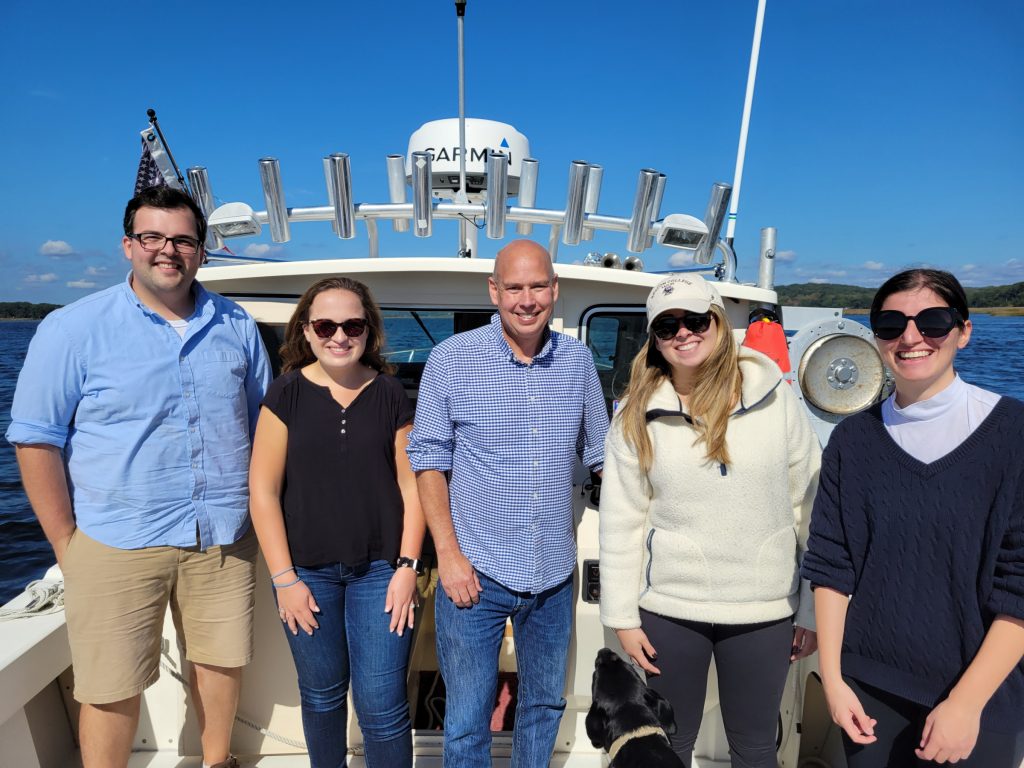
Chris Kelly, Peter B. Cooper legal fellow, on a win in the ongoing Oswegatchie fight:
“For the fourth time in 17 years, a judge has recognized the substantial environmental interests in preserving East Lyme’s Oswegatchie Hills and the Niantic River. The court rejected the developer’s challenge, sending the decision back to the local zoning commission. There, with the support of local partners Save the River-Save the Hills and Friends of the Oswegatchie Hills Nature Preserve, we look forward to presenting in-depth, science-based information about the irreversible impacts this 840-unit monstrosity would have.”
Kat Fiedler, staff attorney, on momentum to reopen the Naugatuck:
“We stepped up efforts to free the Naugatuck River at the Kinneytown Dam. Working with our Soundkeeper and Ecological Restoration team and the Naugatuck River Restoration Coalition, we documented another failed fish passage season and a year of complete inaction by the owner. We filed a complaint to push the regulatory agencies to act aggressively in requiring safe, timely, and effective fish passage. With the support of the federal delegation and our relentless coalition, we will ensure fish can again access 30+ miles of historic spawning grounds.”
Climate & Resiliency
Taking bold climate action through policy leadership and on-the-ground projects that help our neighborhoods and ecosystems adapt to escalating climate threats.
Charles Rothenberger, climate and energy attorney, on Connecticut policy progress for a healthy climate future:
“The past year was mixed with respect to Connecticut taking action on climate. Only a handful of climate bills passed the General Assembly, teeing up renewed urgency when it reconvenes in February. Among the causalities: the Transportation and Climate Initiative, which would cap greenhouse gas emissions from the transportation sector; it’ll now likely need to wait until 2023. In contrast, the Public Utilities Regulatory Authority kept up its breakneck pace advancing clean energy. Among its notable achievements we’ve advocated for: a statewide Electric Vehicle charging incentive program and an electric battery storage program; preferences for solar canopies in the Shared Clean Energy Facilities program; and dockets to establish performance-based compensation for electric utilities and to critically evaluate the state’s outdated natural gas expansion program. These place Connecticut on the path to a robust clean energy economy. As we ring in the New Year, we’re working hard to build legislative support for TCI and—building on Governor Lamont’s sweeping executive order on climate and resiliency—center climate action in the upcoming legislative session.”
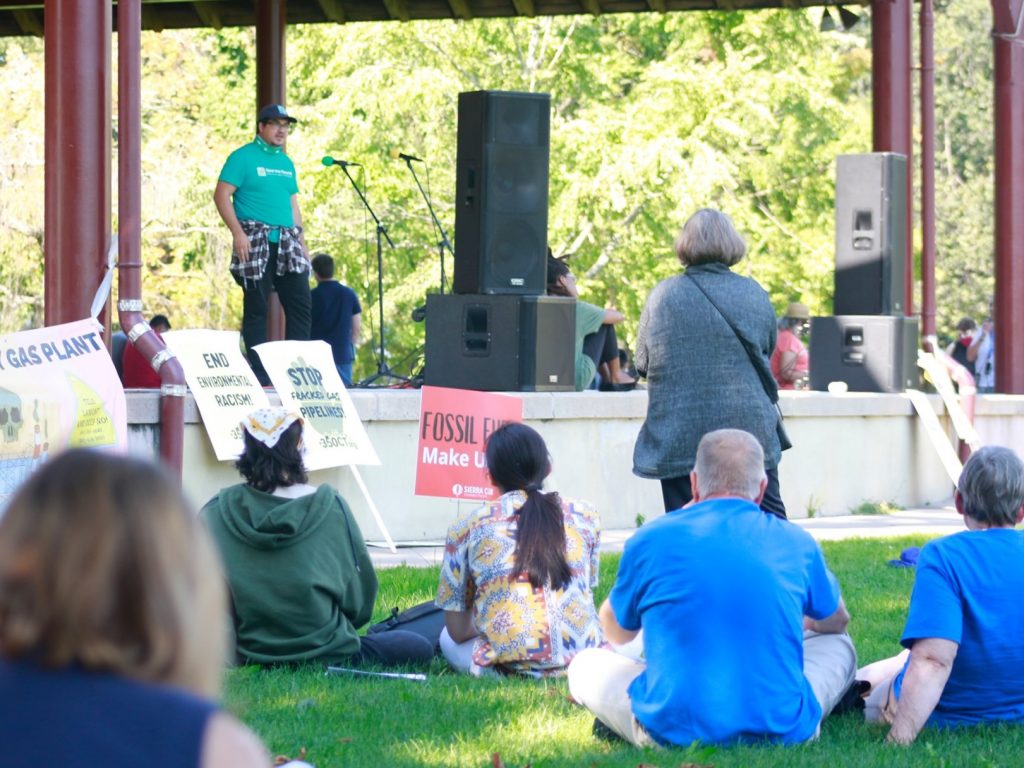
Alex Rodriguez, climate advocate, on organizing for youth action and equity:
“The movement we’re building for a climate justice is one to be reckoned with! Through our coalition partnerships with racial justice and faith-based organizations, we both educate and learn, and organize around the intersections of our work. Additionally, our community efforts have taken off this year through the establishment of our Youth Eco Advocacy Corps roundtable and our Young Environmental Leader storytelling series. A civically-engaged youth network is a powerful force for good.”
Healthy Waters
Protecting clean water and restoring Long Island Sound ecosystems through hands-on science, community collaboration, and advocacy.
Peter Linderoth, director of water quality, on testing the Sound’s bays and harbors:
“The completion of the 2021 Unified Water Study season marks the fifth anniversary of our collaborative water quality monitoring program! The group has grown to 23 partners and it’s been an honor to work with them in this critically important endeavor to better understand the environmental health of Long Island Sound bays, harbors, and inlets. The data collected fuels the bay grades we release in the biennial Long Island Sound Report Card, which has become the go-to measuring stick for residents and representatives seeking to know how their local waters are doing and where they need to make improvements.”
Bill Lucey, Long Island Soundkeeper, on legislative wins for clean water, health, fish, and resiliency:
“Though the 2021 Connecticut legislative session was a challenging one, we were able to help move several meaningful bills that became law. Our wins for our waters include increasing resiliency and Clean Water Funding; reducing PFAS (aka “forever chemicals); and passing the Governor’s Bill on Climate Change Adaptation that lets municipalities establish stormwater authorities to fund clean water efforts, striped bass conservation measures, and tax relief for waterfront aquaculture operations. On the federal front, we fully supported a major increase in Long Island Sound clean water and habitat funding, and inclusion of PFAS mitigation funding in the infrastructure bill.”
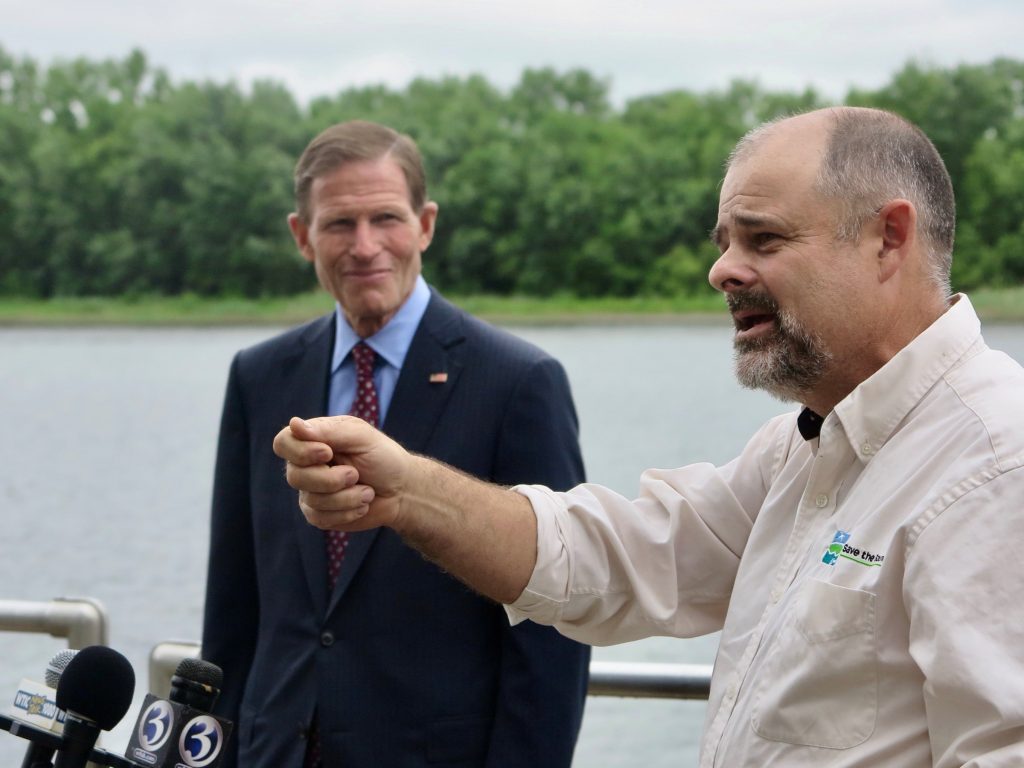
Protected Lands
Winning battles to preserve our region’s threatened forests, islands, and riverfronts.
Louise Harrison, New York natural areas coordinator, on deepening the scientific understanding of Plum Island:
“In our long fight to permanently protect Plum Island, our commitment hasn’t waned. In fact, the island hasn’t ceased amazing us and deepening our commitment! From upland to shore to sea floor, scientists have found high species diversity, revealing ecological treasure. Thanks to our generous donors, in August we sponsored the New York Natural Heritage Program’s second Plum Island marine biodiversity survey, conducted by InnerSpace Scientific Diving. Four divers and a marine zoologist were supported by Save the Sound staff and numerous volunteers in the quest to learn more about and document Plum Island’s marine biodiversity. The divers’ report, due in March 2022, will describe the undertaking and findings, as well as indicate where future Plum Island marine zone studies may be warranted. Stand by!”
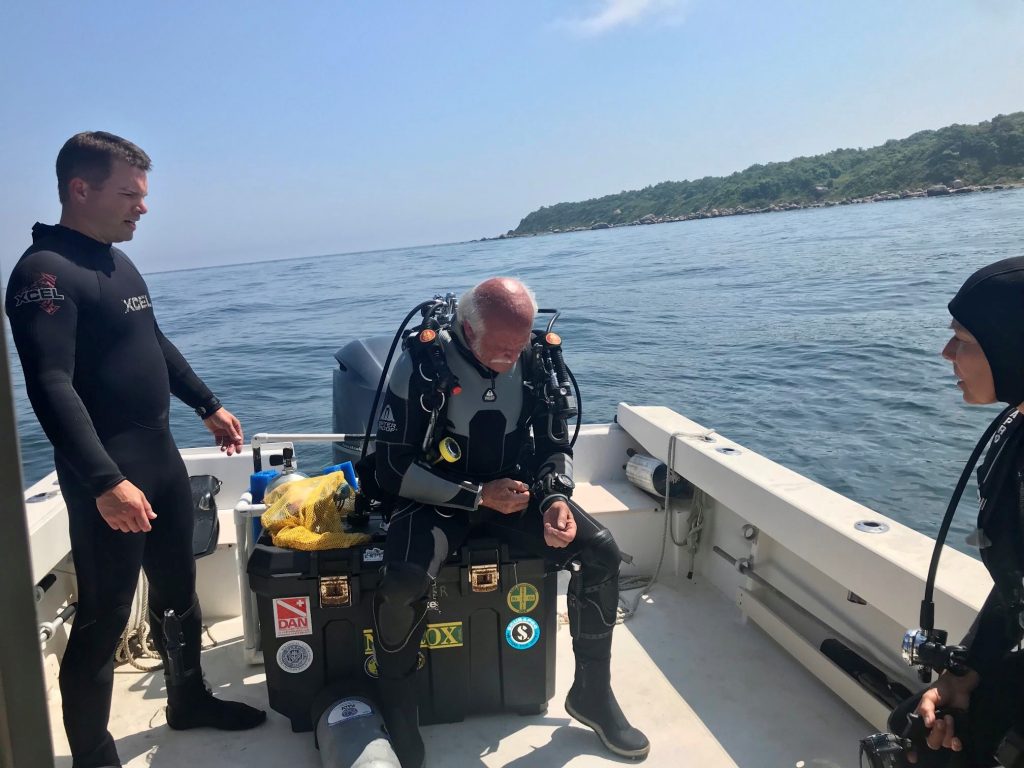
Dave Anderson, land campaigns manager, on local conservation battles and fruitful partnerships:
“While the impacts of climate change are being felt on a global scale, land conservation battles are largely fought at the local level. Since I joined Save the Sound this summer, I’ve found my municipal government background to be invaluable in identifying opportunities to influence the local land use regulatory process to achieve positive conservation outcomes. Knowing how decisions are made at the local level, and participating in those processes, can help determine whether a beloved forest becomes a woodland park or just another big box store. Our ongoing partnership with residents of Newhall in southern Hamden, CT, will help ensure that the people who live around Six Lakes (aka the Olin Powder Farm) have the opportunity to shape that parcel’s future–which we hope will include cleanup of industrial contamination, protected wildlife habitat, and space for neighbors to enjoy an oasis of trees and ponds in this too-often-abused neighborhood.”
Ecological Restoration
Creating lasting physical change that strengthens natural ecosystems to benefit both wildlife and people.
Alex Krofta, ecological restoration projects manager, on new types of projects to benefit wildlife and human communities alike:
“Our ecological restoration team received our first grants for road-stream crossing assessments and living shoreline design and construction this year—both practices that can support community and ecosystem resilience in the face of climate change. By assessing bridges and culverts for flood risk and fish passage, we can help planners prioritize structures for redesign and replacement to build safer roads and reconnect river ecosystems. Living shorelines are a nature-based alternative to seawalls and other ‘grey’ infrastructure. They protect our shoreline communities from erosion and damaging waves, while also enhancing and restoring important habitats. Our team is constantly learning new practices and expanding our network of partners, and I’m looking forward to digging into these projects.”
Katie Friedman, New York ecological restoration program manager, on expanding our restoration service territory:
“This year has been an absolute whirlwind! I was thrilled to join Save the Sound in April to lead the expansion of our ecological restoration work in New York. Eight months later, we’re getting ready to start a critical watershed-based planning process for the Hutchinson River in Westchester, we’ve secured funding from the National Fish and Wildlife Foundation for the Big Rock Wetland Restoration at Udalls Cove in Queens, and we’ve begun to build a foundation of amazing organizational and personal relationships across the New York portion of the Long Island Sound watershed. I’m so grateful to Rob and Libby Alexander for investing in the expansion of what was already a highly-accomplished ecological restoration program—and I could not be more excited for 2022!”
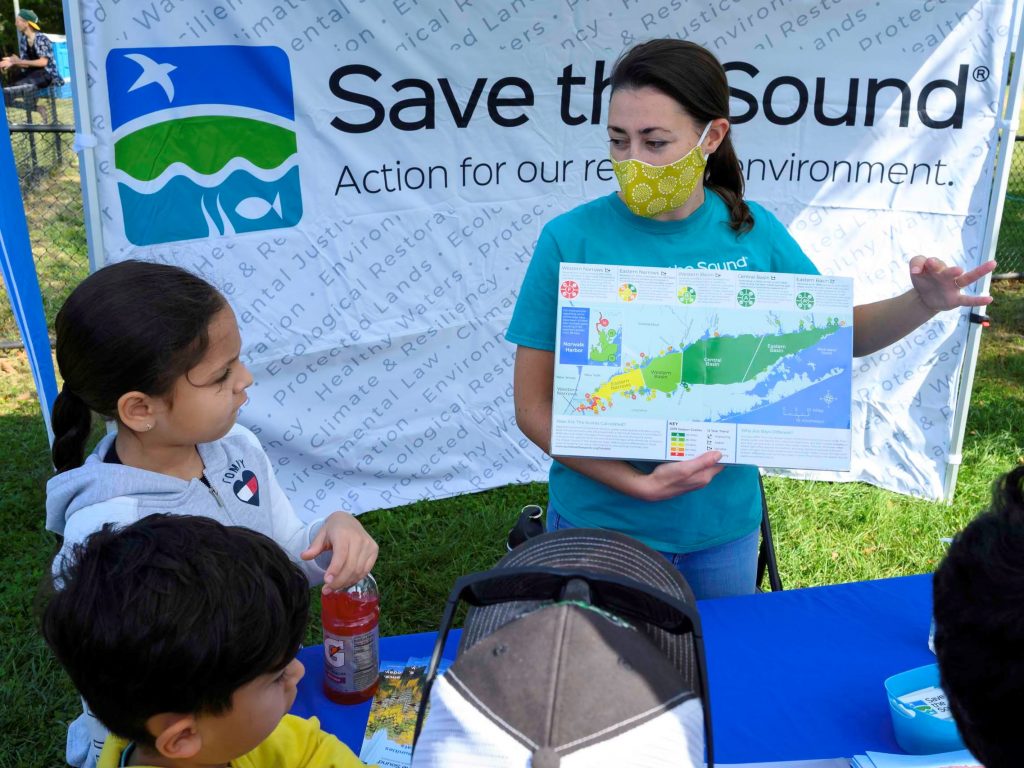
THANK YOU!
Katie said it! We’re so grateful for the support of the members, activists, volunteers, and partners who made this work possible, and we can’t wait to tackle even more in 2022 with you.
